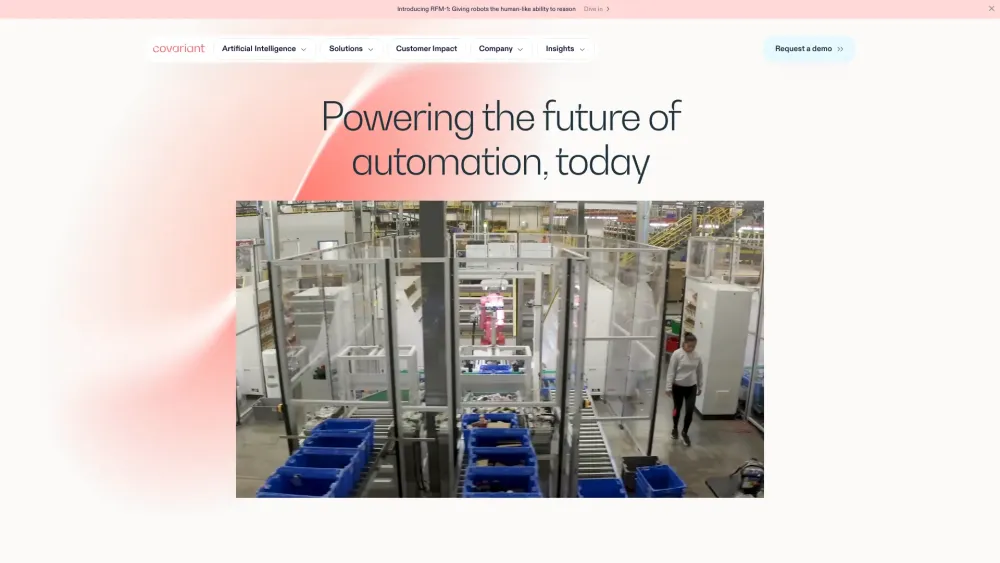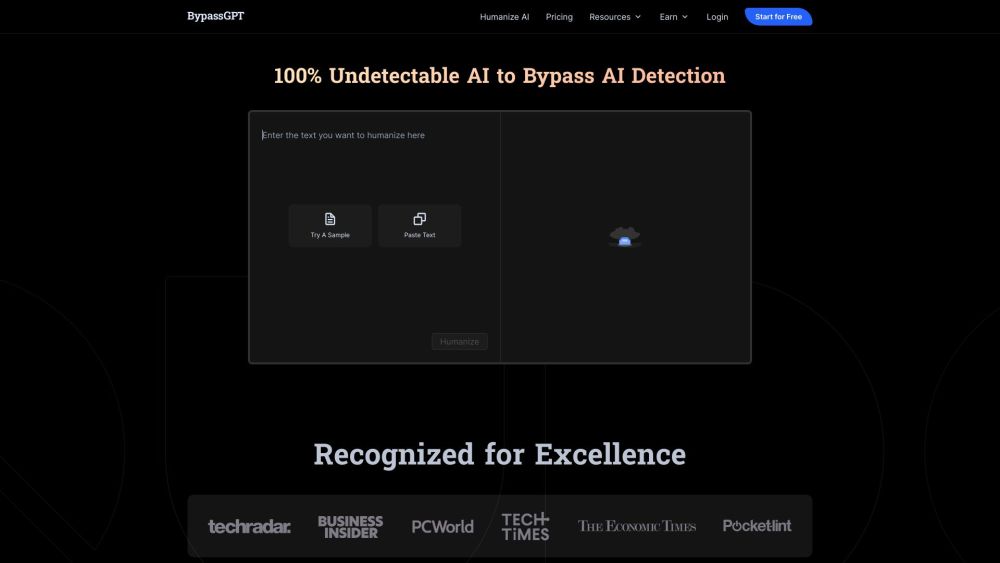Timed to align with SIGGRAPH, the annual AI academic conference, Nvidia has unveiled a groundbreaking platform aimed at empowering users to create, test, and customize generative AI models on local PCs or workstations before scaling them to data centers and public clouds.
“In order to democratize this capability, we have to enable functionality across a wide array of environments,” stated Nvidia founder and CEO Jensen Huang during his keynote at the event.
Named AI Workbench, this service can be seamlessly accessed through a user-friendly interface on any local workstation. Developers can use it to fine-tune and test AI models from reputable repositories such as Hugging Face and GitHub, incorporating proprietary data while also having the option to leverage cloud computing resources for scaling purposes.
Manuvir Das, VP of Enterprise Computing at Nvidia, highlights that the motivation behind AI Workbench stemmed from the complex and time-consuming process of customizing large AI models. Enterprise-level AI initiatives often require navigating multiple repositories for the correct frameworks and tools, a task that becomes even more challenging when transitioning projects across different infrastructures.
The statistics on successfully deploying enterprise models into production are sobering. A survey conducted by KDnuggets revealed that many data scientists indicate that around 80% of their projects become stalled before successfully launching a machine learning model. Furthermore, Gartner estimates that nearly 85% of big data projects fail, largely due to infrastructural obstacles.
“Businesses worldwide are racing to pinpoint the right infrastructure and develop generative AI models and applications,” noted Das. “Nvidia AI Workbench offers a streamlined pathway for cross-organizational teams to craft the AI-driven applications that are becoming vital in today’s business landscape.”
While it remains to be seen just how “streamlined” this pathway truly is, AI Workbench indeed enables developers to consolidate models, frameworks, SDKs, and libraries—including those for data preparation and visualization—into a cohesive workspace using open-source resources.
As the demand for AI—particularly generative AI—continues to soar, a plethora of tools have emerged that focus on fine-tuning large, general models for specific applications. Startups such as Fixie, Reka, and Together are working to simplify the customization of models for companies and individual developers without the burden of expensive cloud computing costs.
With AI Workbench, Nvidia promotes a more decentralized approach to fine-tuning, allowing adjustments to be made on local machines rather than relying on cloud services. This strategy aligns with Nvidia's strengths, as its AI-accelerating GPU product lineup makes it well-positioned to capitalize on this trend. The press release announcing AI Workbench prominently features mentions of its RTX lineup, underscoring the company’s commercial interests. Nonetheless, the initiative may resonate with developers looking for flexibility beyond a single cloud provider for their AI model experimentation.
The surge in AI-driven demand for GPUs has catapulted Nvidia’s earnings to unprecedented levels. In May, the company’s market capitalization briefly soared to $1 trillion following a $7.19 billion revenue report, marking a 19% increase from the prior fiscal quarter.





